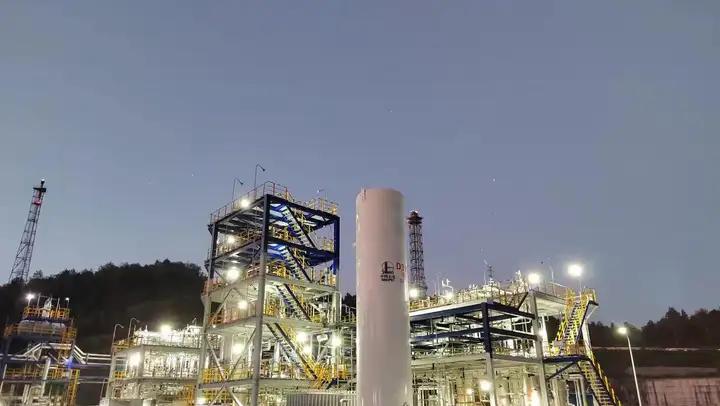Strategic Significance of China's Helium Independence Progress
China has reduced its helium import dependency from 95% to 85% over the past decade through technological breakthroughs in extraction methods and domestic production capabilities, marking a critical step toward resource security in advanced manufacturing and healthcare sectors.

Helium plays an indispensable role in modern technology and industry, far beyond its common association with party balloons. This colorless, odorless gas possesses unique properties that make it crucial for numerous high-tech applications, from cooling superconducting magnets in MRI machines to providing inert atmospheres for semiconductor manufacturing.
The strategic value of helium stems from its scarcity and concentrated global distribution. The United States controls roughly 40% of world reserves, while China possesses merely 2%. This disparity has historically forced China to rely heavily on imports, creating a significant vulnerability in its industrial supply chains.
The reduction in import dependency from 95% to 85% represents more than just a statistical improvement. This achievement stems from several breakthrough developments:
First, China has mastered the LNG-BOG (Boil-Off Gas) helium extraction technology. The Chongqing Petroleum LNG facility successfully produced high-purity helium with 99.999% purity, demonstrating China’s growing technical capabilities in this field.
Second, Chinese scientists have developed innovative methods for extracting helium from coal-bed gas. The Shanxi Coal Group’s facility, using a combination of pressure swing adsorption and membrane separation technologies, has achieved production of ultra-high purity helium exceeding 99.9999%.
The diversification of helium sources has strategic implications beyond industrial applications. In medical imaging, each MRI machine requires regular helium replenishment to maintain superconducting magnets at optimal operating temperatures. Domestic helium production helps ensure stable healthcare services without foreign supply disruptions.
The aerospace sector particularly benefits from increased helium independence. Rocket engines require helium as a pressurizing agent, and satellite manufacturing needs helium for creating controlled atmospheres. Greater domestic supply strengthens China’s space program reliability.
Perhaps most significantly, this progress demonstrates China’s growing capability to overcome technological barriers in critical materials. The development of domestic helium production technologies creates a foundation for further reducing import dependency, potentially leading to complete self-sufficiency in this strategic resource.
Looking ahead, China’s helium independence strategy extends beyond mere production increases. The country is developing helium recovery systems, exploring alternative technologies, and building international partnerships with nations like Russia to create supply chains independent of traditional Western control.
This transformation from near-total import dependency to growing self-sufficiency exemplifies China’s broader push toward technological sovereignty in critical industries. While 10% may seem modest, it represents thousands of scientific breakthroughs and establishes a technological foundation for future advances in this essential field.